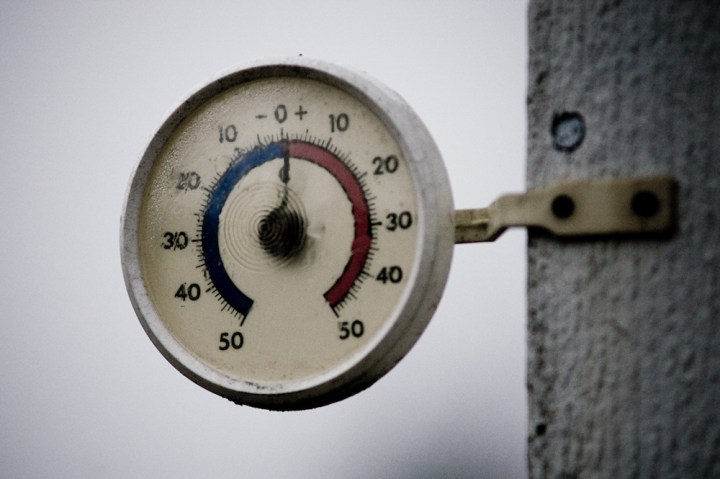
Dr. Hao Gao led the research to develop PREMISS at Eindhoven University of Technology. The sensor measures 2 millimeters square and is no heavier than a grain of sand. Because PREMISS pulls its power from radio waves, it can also send data to your device using the same radio waves. Its antenna captures energy from a wireless router, and the sensor switches on as soon as enough energy is stored. PREMISS then sends temperature data back to the router in the form of a distinctive radio wave frequency. The router can identify precise temperature data based on the distinctive frequency that PREMISS transmits.
The technology in PREMISS is fully functional, but is still extremely limited. Its transmission range still maxes out at a distance of approximately one inch. But Gao believes that with further research, it will be feasible to extend the range to as much as three feet or more within a year. Ultimately, Gao believes the chips will be able to transmit data across distances of up to 16 feet.
PREMISS in its current iteration is a temperature sensor, but the technology could also be applied to other kinds of measurements. Gao and his research team are considering applications to create sensors that analyze movement, light, and humidity, for example. In consumer gadgets, sensor technology that doesn’t require a physical battery charge is a game changer. But even beyond smartphones and devices, standalone sensors that don’t require batteries or heavy power sources could serve virtually any industry with something to measure.
Editors' Recommendations
- Apple Watch Series 8 temperature sensor: what it does and how to use it
- WiCharge’s PowerPuck can power your smart home devices through the air


